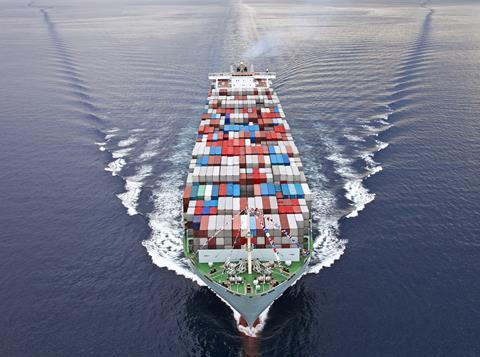Red Sea disruption yet to have a material impact
Pressure on product availability is easing as demand for materials drop, according to the latest report from the Construction Leadership Council.
The organisation’s material supply chain group said a fall in new housebuilding on the back of high interest rates and planning challenges was the main driver of the decline in demand.
“Larger builders do not anticipate a second half upturn at this stage,” said the statement issued by group co-chairs John Newcomb and Peter Capelhorn.

“Regional mid-cap builders, however, cite the availability of small sites as their number one concern but expect to maintain current output levels throughout the year.”
The pair said risks to product supply relating to disruption in the Red Sea were “yet to materialise” but added the group was monitoring the availability and cost of supplies from the Indian subcontinent and Asia, such as decorative sandstone, plywood and sheet materials, hand tools, ironmongery and electrical goods.
Commercial shipping through the waterway has become challenging in recent months with Houthi militants from Yemen targeting vessels which they claim are Israeli-owned, flagged or operated, or which are heading to Israeli ports.
“A longer sea journey of 10-15 days has led to delays in deliveries, so the main concern here relates to five-fold price increases stemming from increased shipping and container costs for these products,” said Newcomb, chief executive of the Builders Merchants Federation, and Caplehorn, chief executive of the Construction Products Association.
“The group is also monitoring the supply of semi-conductors, which has been under pressure since the start of the pandemic.
“With four major design and manufacturing facilities in Israel, the conflict here has the potential to add further pressure on supply and lead to increased prices.”
The report said brick manufacturers had adjusted capacity to meet anticipated demand for the year and noted a good availability of aggregates, cement and concrete and a plentiful supply of steel.
It also noted “concerning reports” that late payment for materials was “creeping up” in a number of regions.



























No comments yet